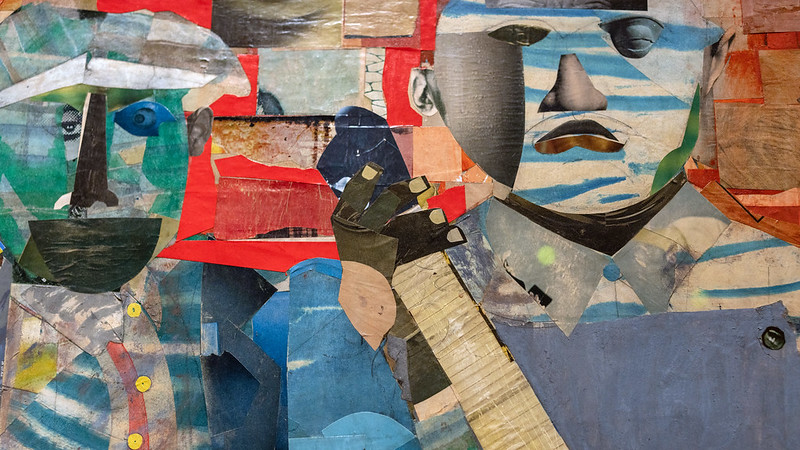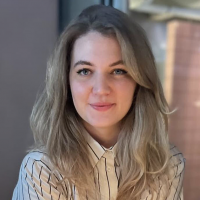A snowflake—crystal clear, sharp-edged. When the sun hits, it shimmers in all the colors of the rainbow. Beautiful, yet so fragile. The term “snowflake generation” is often thrown around, used to describe those born between the late ’80s and early 2000s. It suggests a generation with thinner skin, less resilience, an unwillingness to be wrong. But is that true? Or is it just another oversimplified label?
I, Hannah, am a ’90s kid. Which means, by definition, I too am a snowflake… Of course, no single generation is a monolith. We come from different backgrounds, experiences, and cultures. Still, if there is even a grain of truth to the stereotype, we see it as an opportunity. Not to criticize, but to guide. If fear of being wrong stifles progress, then the solution isn’t shame—it’s training. Learning to navigate discomfort, cultural differences, and human complexity is not just a skill; it’s a necessity.
That’s what we teach at this School of Communication. I, alongside Andrea Kronlund, work with students on cross-cultural collaboration—challenging them to step outside their familiar spaces, to work with people they might never have chosen to, to confront their biases and reshape the way they think.
This year, their task was: an interpretation of Romare Bearden, the artist whose vibrant collages captured the depth of African American identity, culture, and history. Bearden’s work blended the spirit of the Harlem Renaissance with European modernism and African artistry. He was a storyteller, a disruptor, a force.

Challenging Bias and Embracing Complexity
Before they began, I led them through a program on cultural competence and bias recognition. We broke down the psychology of prejudice—how biases form, how they shape our decisions, how we challenge them to be better. Biases, I tell the students, is a bad habits. And like any habit, they can be recognized, challenged, rewired. While I brought my own lectures into the classroom, I was there to assist Andrea—it’s her course. Together, we facilitated discussions, building on each other’s insights. Andrea joined in, sharing real-world examples—times when cross-cultural work had failed spectacularly, and when it had resulted in something extraordinary. She calls it fingertoppskänsla, the ability to read the room, to understand without being told, to act with precision.
This year’s group was small. But sharp. Engaged. Willing to lean into the discomfort. The discussions were rich, and in the end, they delivered. With the help of model agency Darkrise and our trusted makeup artists, they brought Romare Bearden into the world of fashion—not just as an aesthetic choice, but as a dialogue. A merging of past and present, of art and identity, of history and now.
This is what we want for our students—not just to create, but to engage. To refine their sense of culture, of history, of self. To develop not just resilience, but tactful resilience. Because navigating a complex world isn’t about avoiding mistakes. It’s about learning how to handle them.
Featured image, The Dove by Romare Bearden, Picture by Andrew Milligan at The Museum of Modern Art, licensed under CC BY-NC-SA 4.0


